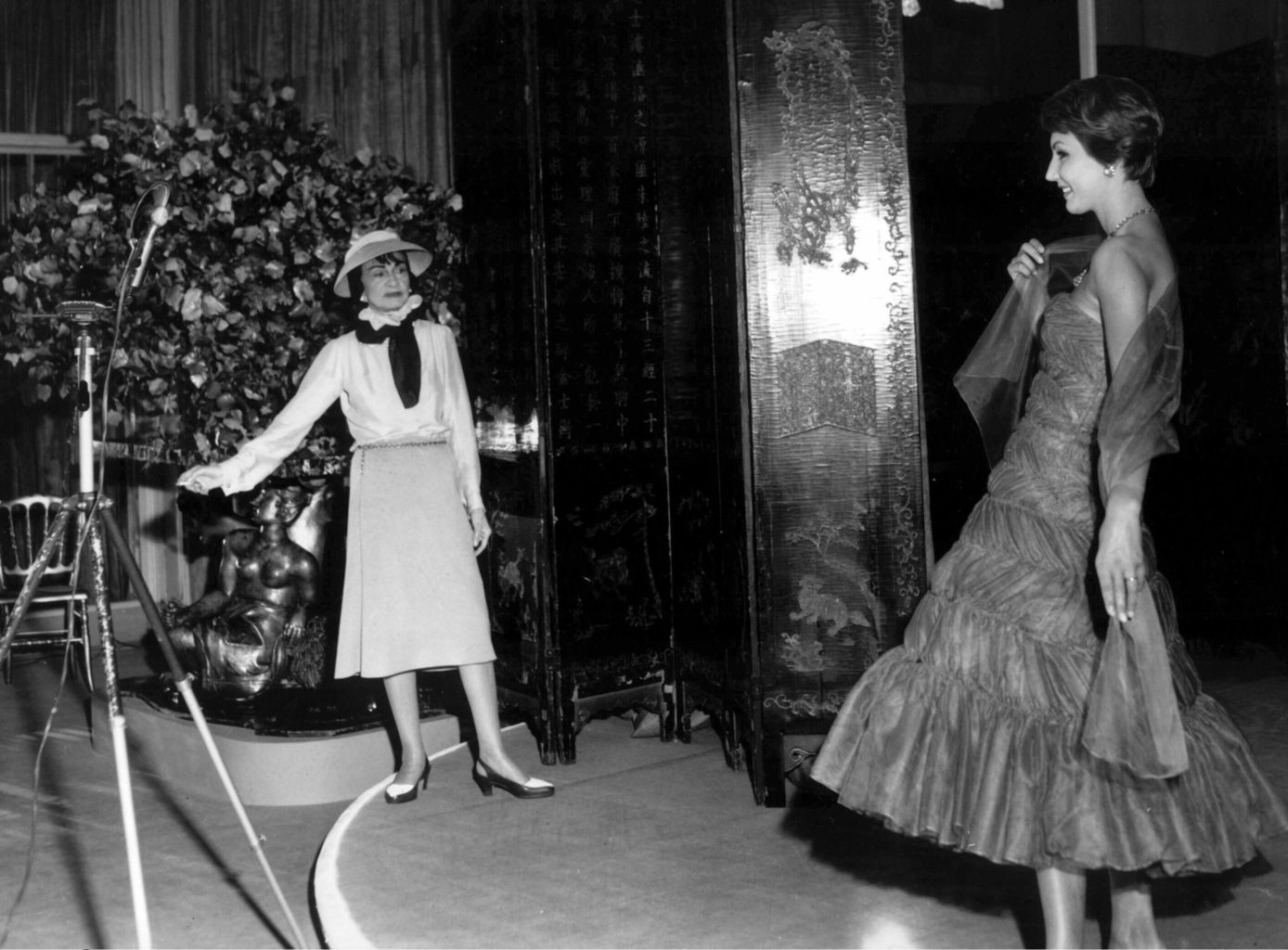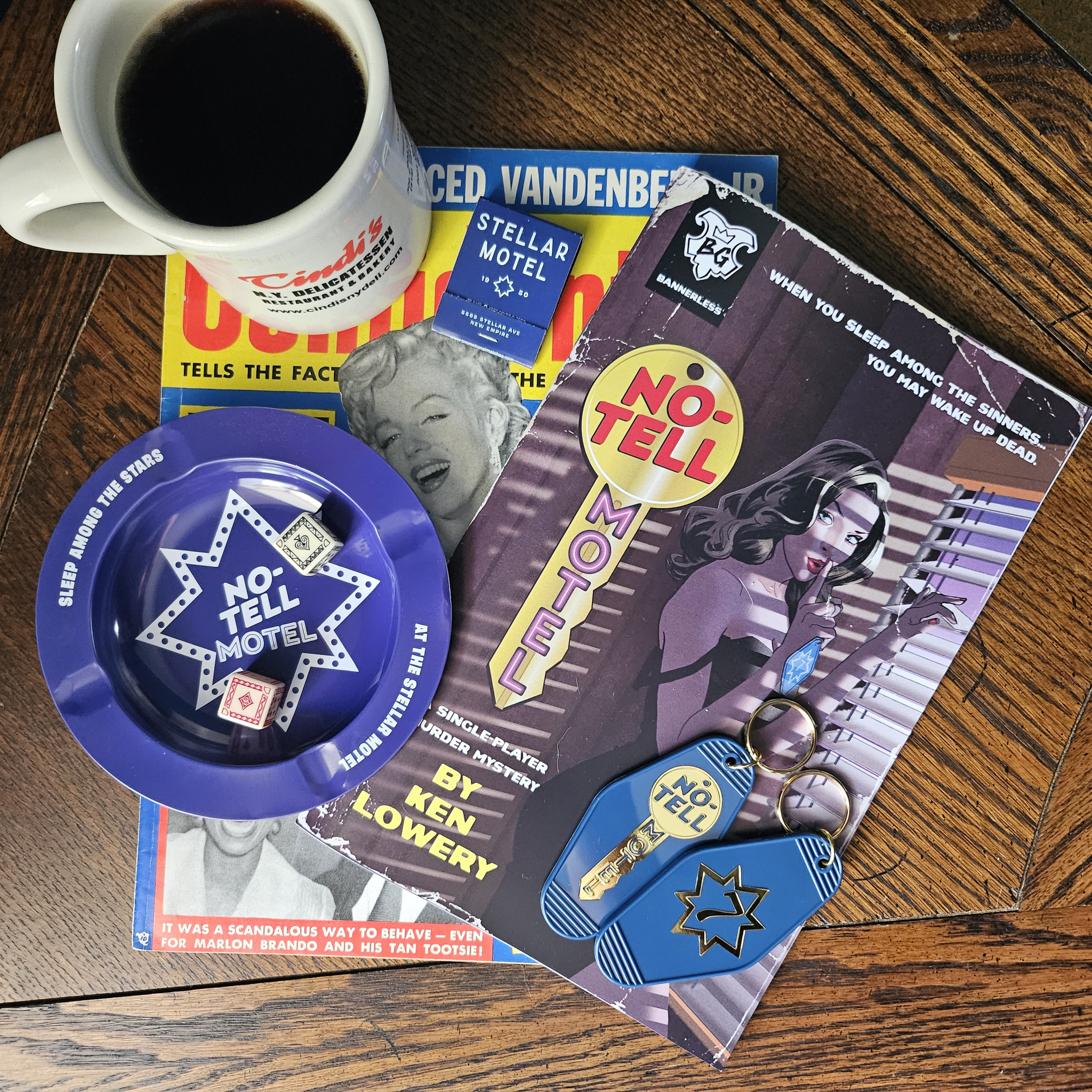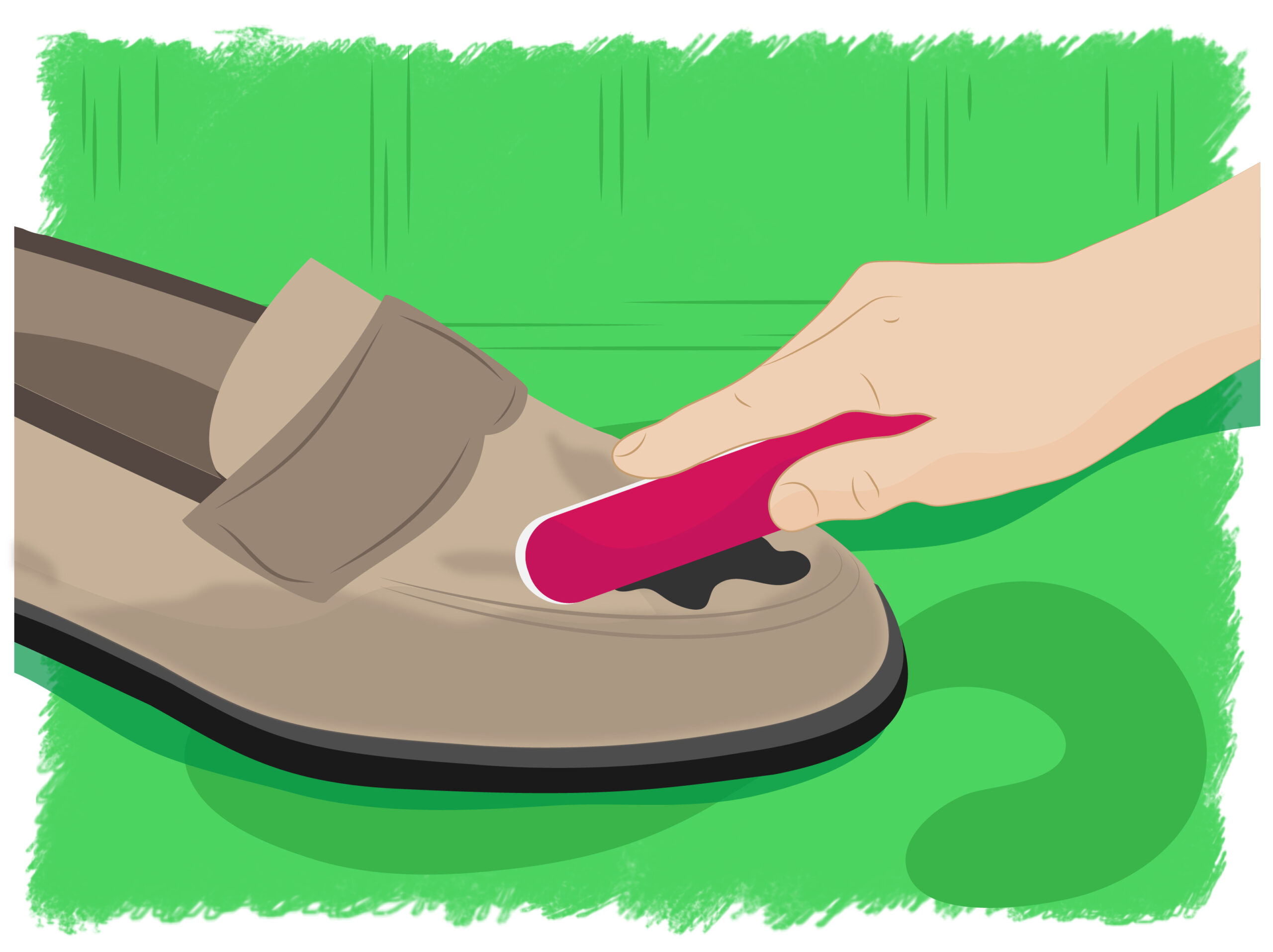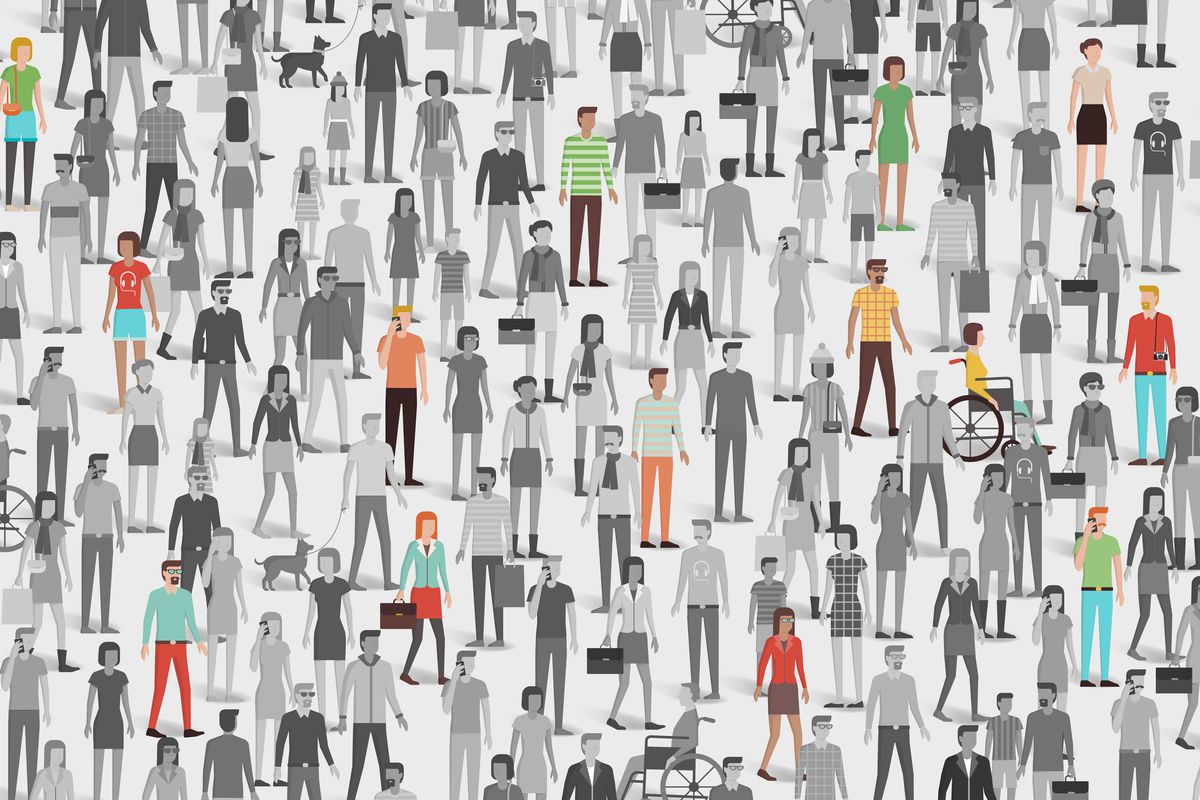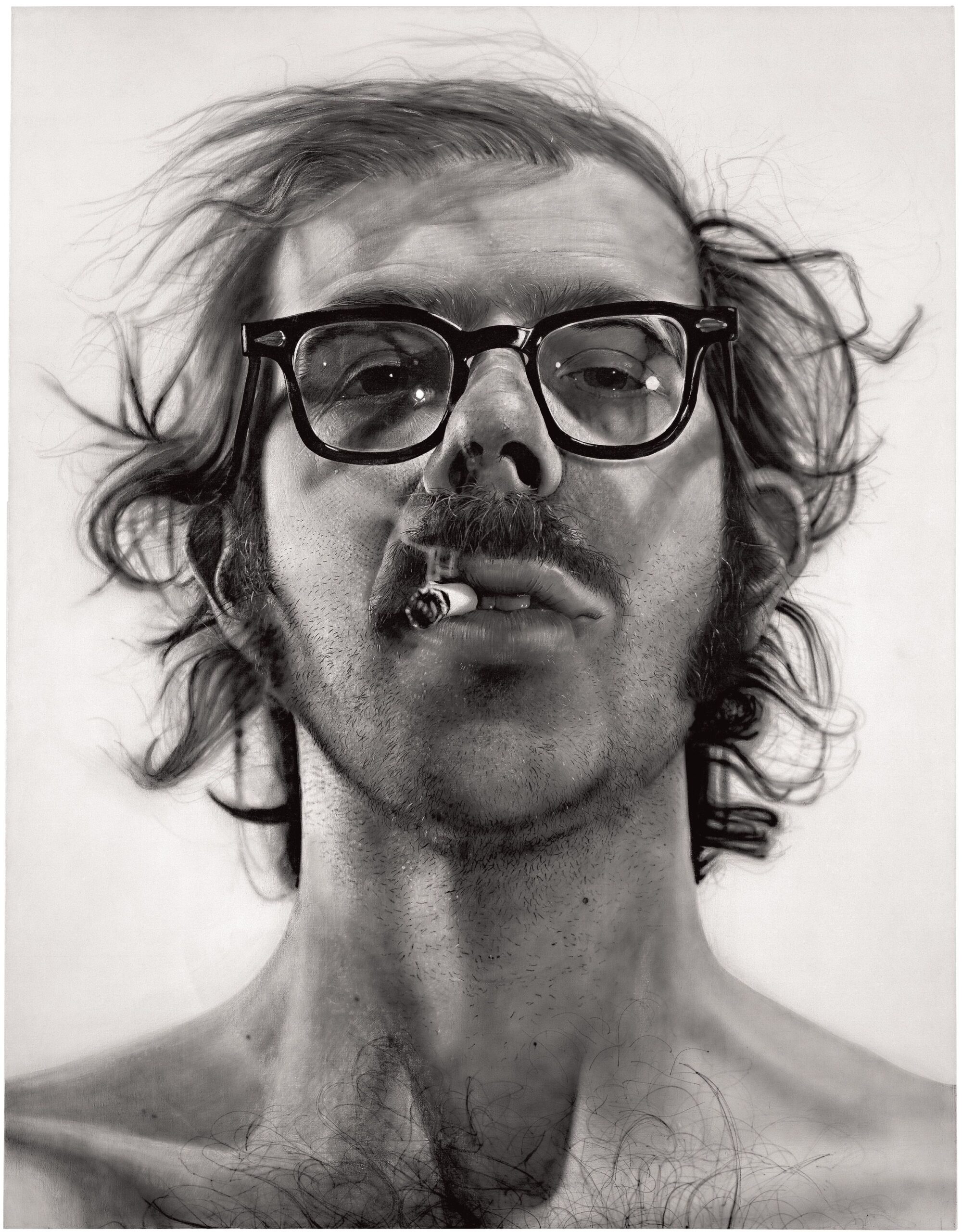Unlocking Career Opportunities with a Fashion Merchandising Degree
Introduction: The Versatility of a Fashion Merchandising Degree
A fashion merchandising degree opens the door to a vibrant world where creativity meets business acumen. This field blends trend analysis, marketing strategy, product development, and retail expertise, equipping graduates for a wide range of roles in the fashion industry. Whether your passion lies in visual presentation, numbers-driven buying, or curating consumer experiences, a fashion merchandising background provides fundamental skills to thrive in multiple sectors of fashion and retail [2] [3] .
Key Career Paths for Fashion Merchandising Graduates
Fashion merchandising is not a one-size-fits-all career. Graduates can pursue diverse roles, each requiring a unique combination of analytical, creative, and communication skills. Below are some common-and emerging-career pathways, along with steps to enter each field and tips for advancement.
1. Fashion Buyer
Role Overview: A fashion buyer selects products for retail stores, predicting trends and ensuring that merchandise meets consumer demand. This role involves attending trade shows, negotiating with suppliers, and analyzing sales data. Success requires both a keen fashion sense and a strong grasp of market analytics [4] . How to get started: Entry-level positions, such as assistant buyer or buying intern, are typically available in major department stores and fashion retailers. Building a portfolio of trend reports and participating in internships can increase your marketability. Example: Many buyers begin their careers in training programs at companies like Macy’s or Nordstrom, rotating through various departments to gain broad experience. Challenges: Buyers face the pressure of achieving high sell-through rates and managing inventory risks. Staying updated on global trends and consumer preferences is essential. Alternative Pathways: Buying roles exist in online retail, specialty boutiques, and international markets.
2. Visual Merchandiser
Role Overview: Visual merchandisers create compelling in-store and window displays to attract customers and drive sales. This career merges creativity with strategic placement and often involves collaborating with marketing teams [1] . How to get started: Look for retail positions focused on floor set execution or visual display. Building a portfolio of design concepts and volunteering for in-store display projects can help. Example: Entry-level positions in national chains like Bloomingdale’s or boutique stores provide hands-on display experience. Challenges: Retail schedules can be demanding, and rapid turnarounds are common for seasonal promotions. Alternative Pathways: Freelance visual merchandisers may design for multiple brands or work for event companies.
3. Product Development Specialist
Role Overview: Product developers manage the lifecycle of apparel and accessories, from concept to shelf. They collaborate with designers, suppliers, and marketers to ensure products meet quality and trend standards [3] . How to get started: Seek internships or entry-level roles such as product development assistant or production coordinator. Courses in textiles and supply chain management are helpful. Example: Beauty brands and fashion houses alike hire merchandising graduates to research trends and oversee product launches. Challenges: Coordinating between creative and production teams can be complex, requiring strong organizational skills. Alternative Pathways: Opportunities exist in both in-house brand teams and third-party manufacturers.
4. Fashion Marketing and Advertising
Role Overview: Fashion marketers develop campaigns to promote brands and products, leveraging digital channels, events, and influencer partnerships. This role requires understanding both fashion culture and consumer behavior [4] . How to get started: Apply for internships in fashion PR, brand management, or social media. Building a personal brand or blog showcasing your style insights can demonstrate your marketing talent. Example: Graduates often start as marketing coordinators or content creators for established brands. Challenges: The fast pace of digital marketing demands constant adaptation to new trends and platforms. Alternative Pathways: Roles exist in traditional advertising, influencer management, and corporate communications.

Source: juniorsilveira.com.br
5. Retail Management
Role Overview: Retail managers oversee daily store operations, train staff, and implement merchandising strategies to maximize sales. This career offers rapid advancement for those with strong leadership skills [4] . How to get started: Apply for management trainee programs at department stores or specialty retailers. Practical experience as a sales associate is highly valuable. Example: Major retailers offer structured programs that prepare new graduates for assistant manager or department lead positions. Challenges: Managing teams and ensuring customer satisfaction can be demanding, especially during peak shopping seasons. Alternative Pathways: E-commerce management and operations roles offer similar responsibilities in digital retail environments.
6. Fashion Consultant and Stylist
Role Overview: Consultants and stylists advise individual clients or companies on wardrobe choices, personal branding, and special events. This path requires a strong eye for detail and interpersonal skills [2] . How to get started: Build a portfolio by styling friends, organizing local fashion shows, or assisting established stylists. Networking and a strong social media presence are key. Example: Some consultants work independently, while others join agencies or fashion houses. Challenges: Building a client base can take time, and income can be variable. Alternative Pathways: Image consulting, personal shopping, and corporate styling are related options.
Salary Expectations and Advancement
Salaries in fashion merchandising vary based on role, experience, and location. Entry-level positions, such as merchandising assistants or store planners, typically start between $24,000 and $42,000 per year in the U.S. [4] . With experience, professionals can progress to senior roles, such as merchandise manager or director, with salaries increasing significantly. High performers can advance quickly, especially in areas with strong demand for merchandising expertise [5] .
How to Access Career Opportunities
1. Build Practical Experience: Internships, part-time retail jobs, and volunteer roles at fashion events help develop industry knowledge and professional networks. Many colleges offer internship placement services-contact your career center for opportunities. 2. Leverage Career Services: Most universities and colleges host job fairs, networking events, and alumni panels. Take advantage of resume workshops and mock interviews to prepare for the job market. 3. Targeted Job Search: Use reputable job boards such as Indeed, LinkedIn, and industry-specific platforms like FashionJobs.com to find openings. Search for entry-level titles including “assistant buyer,” “merchandising coordinator,” or “visual merchandiser.” 4. Networking: Attend fashion trade shows, local industry meet-ups, and virtual seminars to meet professionals and learn about unadvertised positions. Professional associations, such as the Fashion Group International, offer membership and event access. 5. Continuing Education: Consider certifications in digital marketing, retail analytics, or sustainable fashion to expand your skill set and increase your competitiveness.
Alternative and Emerging Careers
The fashion industry is evolving rapidly, creating new avenues for merchandising graduates: Sustainability Specialist: Focus on ethical sourcing and eco-friendly product lines, increasingly sought after by major brands. E-commerce Analyst: Use data to optimize online product assortments and improve customer experiences. Event Coordinator: Plan brand launches, pop-up shops, and fashion shows-roles that blend logistics and creativity [3] . Textiles Researcher: Work on innovative fabrics, quality assurance, or product testing for global brands.
Overcoming Common Challenges
Breaking into the fashion industry can be competitive. Be prepared to start in entry-level roles and demonstrate flexibility. Building a diverse portfolio, maintaining up-to-date knowledge of trends, and cultivating a professional network are critical for advancement. If jobs are scarce in your area, consider remote or freelance opportunities, or explore related industries such as home décor or beauty merchandising.

Source: alamy.com
Step-by-Step Guide: Starting Your Fashion Merchandising Career
- Research accredited degree programs and ensure their curriculum aligns with your career interests.
- Engage in internships, part-time jobs, and volunteer roles while in school to gain practical experience.
- Leverage your school’s career services and alumni networks for job placement assistance.
- Build a strong resume and digital portfolio showcasing your trend analysis, project work, and creative solutions.
- Apply for entry-level positions using large job sites and industry-specific job boards.
- Stay active in professional associations and continue learning through workshops and certifications.
Key Takeaways
A fashion merchandising degree equips you for diverse roles in buying, product development, retail management, marketing, and more. Success in the field requires practical experience, adaptability, and a commitment to ongoing learning. The industry offers rapid advancement for those who demonstrate both creative flair and business savvy.
References
- Indeed (2025). 15 Jobs You Can Do With a Fashion Merchandising Degree.
- LIM College (2019). 10 Jobs You Can Get with a Degree in Fashion Merchandising.
- University of Georgia (2025). Fashion Merchandising Career Opportunities.
- Fashion Retail Academy (2025). Guide to Fashion Merchandising Careers.
- Career Village (2018). What Could You Do with a Fashion Marketing Degree?
MORE FROM savvysc.com
